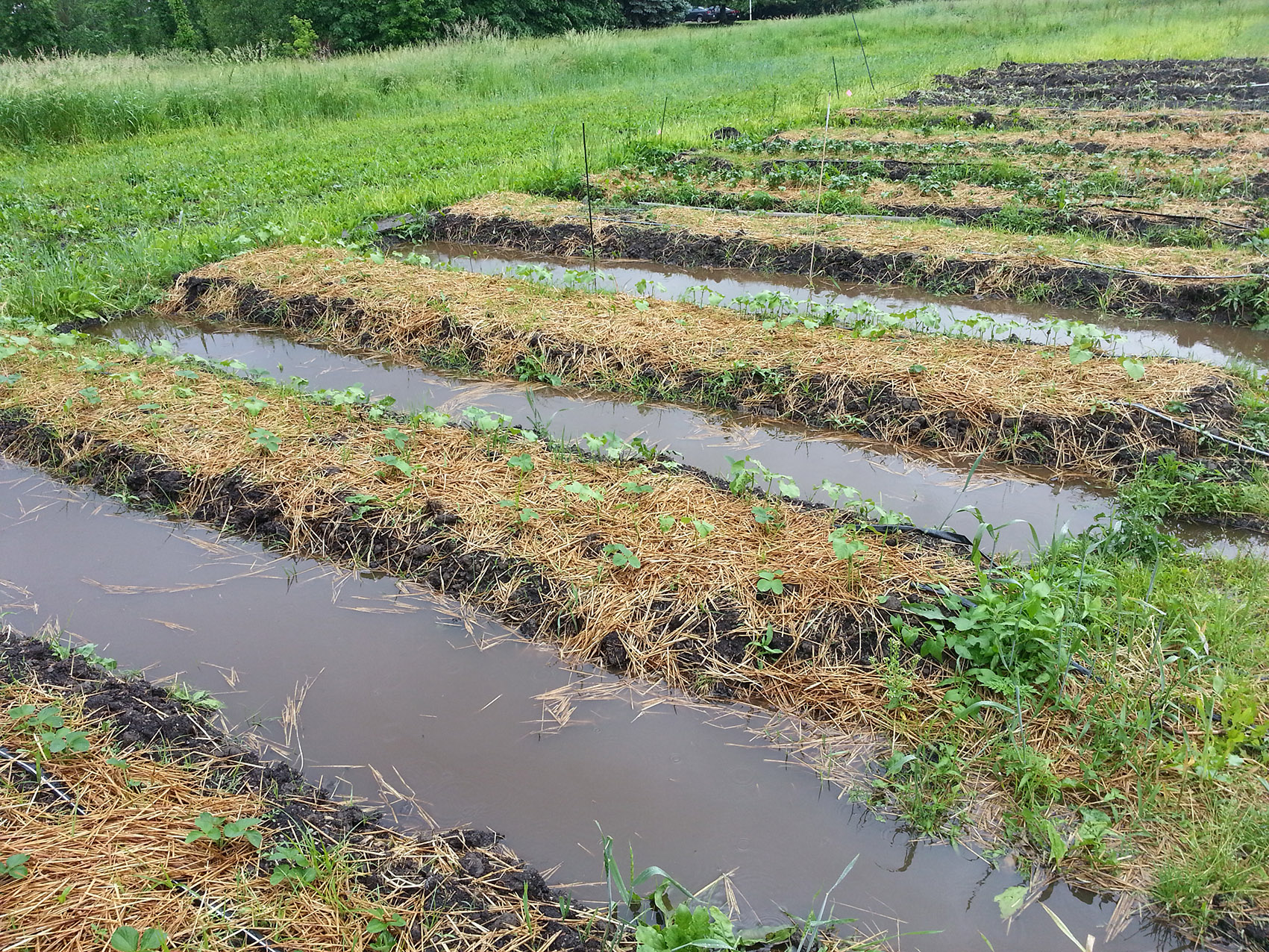Those juicy Persian honeydews and tasty watermelons might hit the spot in summer, but they're costing Iran a lot of water.
Environment officials and water experts have long implored water authorities and farmers to review their policy of growing water-intensive crops, but little headway has been made despite widespread appeal.
Abolfazl Abesht, director of the Conservation of Iranian Wetlands Project, is the latest expert to weigh in on the subject, IRNA reported.
"We need to accept the realities of living in an arid region. Our resources aren't deep enough to allow us to grow crops that gobble up water like watermelons," he said.
"With an average of 200 to 250 milliliters of rainfall, we need to be very careful with how we use water in every sector."
Abesht emphasized that comprehensive planning is necessary for a country as climatically varied as Iran, because "what can be grown in northern provinces cannot be grown in the south, so region-specific farming plans are integral to boosting crop output and conserving water".
Despite claims by Agriculture Ministry officials, such as Abbas Keshavarz and Hassan Khadangi, that watermelon "is not water intensive", evidence points to the contrary. According to a report by the news agency YJC, a kilogram of watermelon needs 300 milliliters of water.
To make matters worse, watermelons are grown in Iran's central and southern regions, such as Yazd and Kerman—both of which have desert climates and are among the most water-stressed provinces.
According to the Department of Environment, 27 billion cubic meters of water are wasted in Iran every year and one of the most effective solutions is to reduce water loss by correcting consumption patterns in agriculture and industries.
About 92% of the country’s water resources are used up by unsustainable and wasteful farming practices.
Experts predict that the country’s water scarcity will hit crisis level by 2025, when available renewable water will be less than 1,000 cubic meters per capita, down from 2,000 cubic meters in 1950.
They say if water consumption patterns do not change in the near future, many parts of the country will turn into barren desert and entire towns and villages will become uninhabitable.


